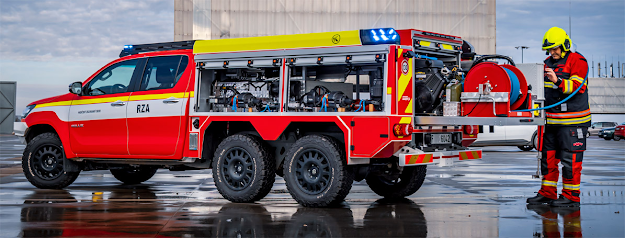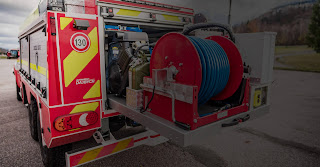Guide to Forest Fire Vehicles and Other Emergency Sources
Emergency vehicles come in different shapes and sizes. They all assume a basic part in guarding our networks. Most emergency reaction vehicles have the power to go quicker than as far as possible or to overlook traffic lights out and out to get to where they should be.
Emergency vehicles all have an unmistakable appearance that assists drivers with separating themselves from different vehicles. They additionally show the emergency being referred to. In this article, we will take a look at the different sorts of emergency vehicles including Wildfire Vehicles and examine the reasons they serve.
Forest Fire TrucksFire engines
The cutting-edge fire engine is frequently connected with blazing lights, shrieking alarms, and a huge water overflow. The huge size and red shade of the fire engine are among the most noticeable indications of a fire scene. We should investigate a portion of the different sorts of fire emergency vehicles.
- Ordinary fire engines
- Fire engines
- Turntable stepping stool trucks
- Weighty salvage vehicles
- Lightweight Tactical All Terrain Vehicle
- A-carts
- Water tenders
Conventional Fire engines
Conventional fire engines are the most well-known fire engines that drivers see and are outfitted with an engine planned essentially for firefighting exercises. They want to ship firemen to the scene and give crucial devices, hoses, gear, and a restricted amount of water.
Fire Engines
Forest Fire vehicles frequently referred to as "pumpers," are the principal vehicles you'll see showing up at a fire scene. A commonplace fire engine has a water tank, a water siphon, hundreds or even a large number of feet of strong hoses, as well as extra materials, nozzles, and devices to guarantee that the hoses perform appropriately. There are a few sorts of fire engines.
Type I Fire Engines Type I fire engines convey all the essential NFPA firefighting gear and are explicitly worked to help metropolitan, country, and rural divisions.
Type II Fire Engines Type II fire engines are outfitted with a significant number of similar highlights and devices as type I fire engines yet are more versatile and ordinarily utilized for hard-core salvage situations.
Type III and Type IV Fire Engines Type III and Type IV fire engines are commonly utilized in rustic and wildland regions and have different particular plans and arrangement components to match the locale they serve. Likewise called "wildland" fire engines, these vehicles are many times based on a business 4×4 undercarriage and can deal with rough terrain and various landscapes.
We hold the worth of great art, particularly in emergency vehicles. We are pleased to be Wichita, Kansas' all-inclusive resource for emergency vehicle upfitting. Our expert group is focused on furnishing you with great client support from beginning to end. Our main need is to guarantee that your armada of Forest Fire Trucks meets your particular necessities.



Comments
Post a Comment